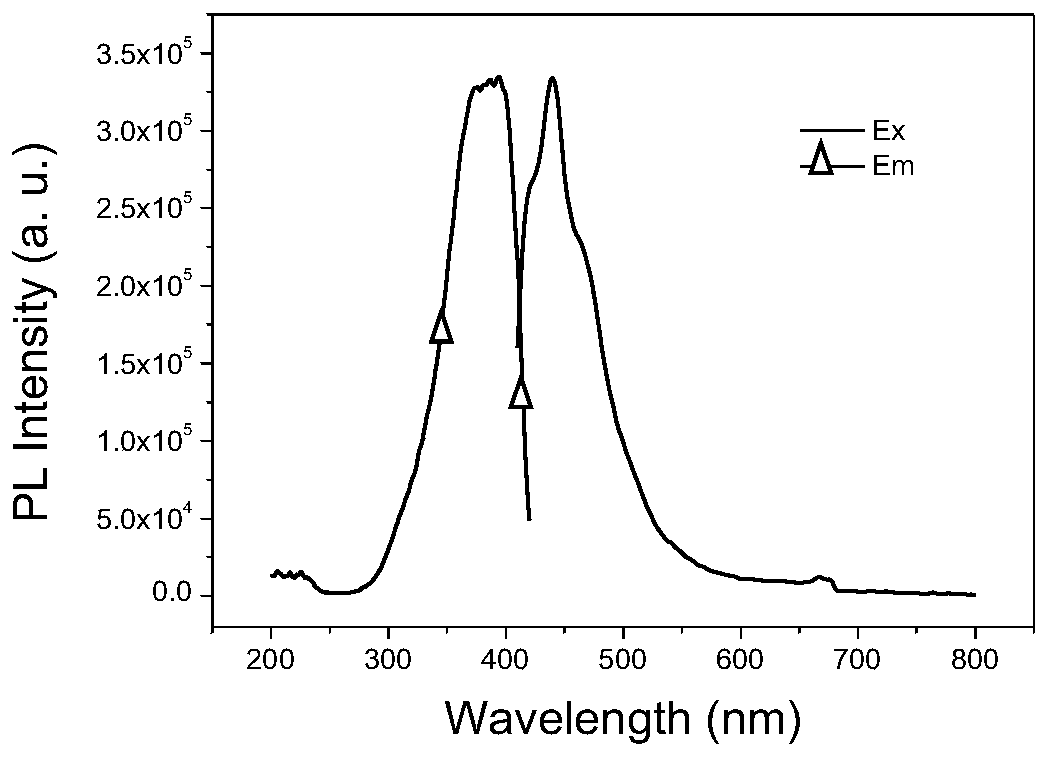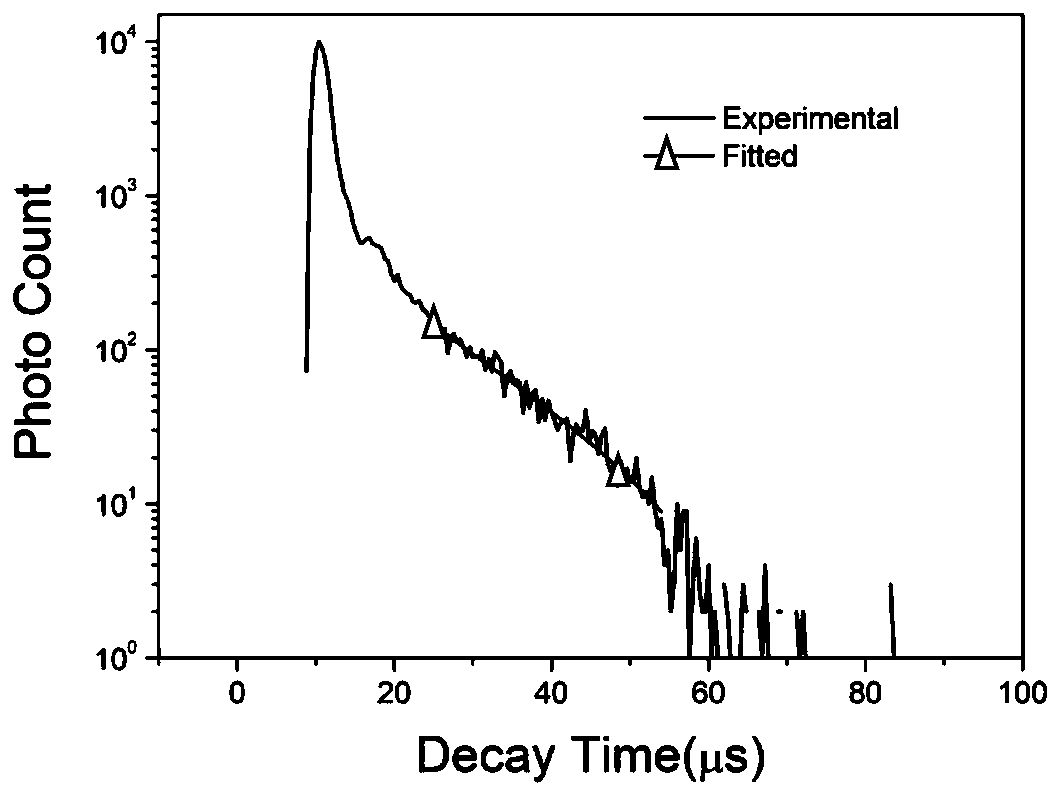Aggregation-induced luminescent polyphosphate and synthesis method thereof
A technology of aggregation-induced luminescence and polyphosphate, applied in the direction of luminescent materials, chemical instruments and methods, etc., can solve the problems of complex characterization methods, achieve good biocompatibility, no solvent, and controllable structure
- Summary
- Abstract
- Description
- Claims
- Application Information
AI Technical Summary
Problems solved by technology
Method used
Image
Examples
example 1
[0031] The preparation method of hydroxyl-terminated hyperbranched polyphosphate: Under the protection of nitrogen, triethyl phosphate (27.32g) and ethylene glycol (14.90g) are reacted at a molar ratio of 1:1.6. After adding the sample, the temperature is slowly raised to 130°C , and stirred at this temperature, reacted for 10 hours, dissolved the product in ethanol, dialyzed, rotary evaporated, and dried in vacuum to obtain a hydroxyl-terminated hyperbranched polyphosphate.
example 2
[0033] The preparation method of hydroxyl-terminated hyperbranched polyphosphoramide: under the protection of nitrogen, triethyl phosphate (27.32g) and ethylene glycol (16.76g) were reacted at a molar ratio of 1:1.8. After adding the sample, the temperature was slowly raised to 130°C , and stirred at this temperature, reacted for 10 hours, dissolved the product in ethanol, dialyzed, rotary evaporated, and dried in vacuum to obtain a hydroxyl-terminated hyperbranched polyphosphate.
example 3
[0035] The preparation method of hydroxyl-terminated hyperbranched polyphosphate: under the protection of nitrogen, triethyl phosphate (27.32g) and ethylene glycol (18.62g) react at a molar ratio of 1:2, after adding the sample, slowly raise the temperature to 130°C , and stirred at this temperature, reacted for 10 hours, dissolved the product in ethanol, dialyzed, rotary evaporated, and dried in vacuum to obtain a hydroxyl-terminated hyperbranched polyphosphate.
PUM
 Login to View More
Login to View More Abstract
Description
Claims
Application Information
 Login to View More
Login to View More - R&D
- Intellectual Property
- Life Sciences
- Materials
- Tech Scout
- Unparalleled Data Quality
- Higher Quality Content
- 60% Fewer Hallucinations
Browse by: Latest US Patents, China's latest patents, Technical Efficacy Thesaurus, Application Domain, Technology Topic, Popular Technical Reports.
© 2025 PatSnap. All rights reserved.Legal|Privacy policy|Modern Slavery Act Transparency Statement|Sitemap|About US| Contact US: help@patsnap.com



